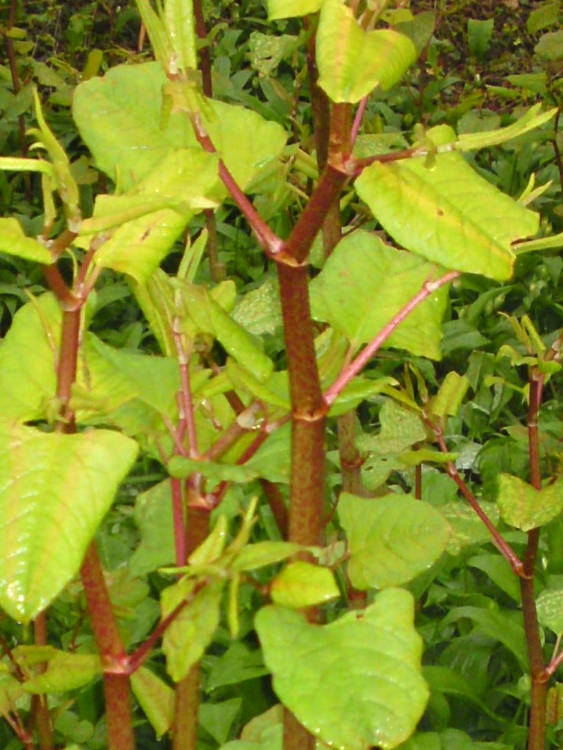Japanese Knotweed can Impact Your Mortgage & Borrowing
Through their experience doing pre-site investigations, 2020 Architects have become very good at identifying this deadly weed, often referred to as the ‘terrorist’ of the weed world.
Presence of Japanese Knotweed is proving a big problem for people wanting to sell their home. More and more applications for mortgages are being refused if Japanese Knotweed has been found in the garden or even close to their property. Lenders are seeking guarantees the problem will be dealt with and a validation report provided.
In this article, 2020 Architects help you identify what Japanese knotweed looks like and what action to take if you find it on your property.
Despite popular belief, self-spraying Japanese Knotweed will not eradicate it – it requires specialist attention to get rid of the problem.
Moving Japanese Knotweed from your site to an adjacent site is an imprisonable offence under UK law. If prosecuted, you could face a fine up to 20K. As it is regarded as a controlled waste, companies who specialise in removing it must produce reports to that affect.
While you can apply for a licence from your local council to burn it, this only removes surface Knotweed and will not eradicate the actual weed – it will re-emerge.
Knotweed can be difficult to detect in the Winter months, however in the Summer it can grow over 1m in height in less than 3 weeks.
Key ID features;
- Can grow up to 2m in height
- Lush green leaf structure
- Large shield-shaped leaves with a flat base
- Zig-zag stems
- Purple speckled stems
- Irregular vein structure
- Roots look like bamboo shoots
- Common in urban areas, waste land, roadsides and railway lines
- Grows to 2m in height, has an umbrella type leaf and is often mistaken for rhubarb
Ways to eradicate Japanese Knotweed include;
Dig and Dump – carried out by trained specialists who will dig down 3m getting to the root of the problem. The weed is removed to a non-hazardous, licenced landfill, preferably in a cell.
Dig and Bury – Is similar to the above however burying the plant can still create issues as the rotting plant may create a gas.
Stem Injection – a time consuming option which involves injecting each stem individually, 2 to 3 times per year, and monitoring it to make sure it is eradicated.
Eradzion8 – process whereby the knotweed is sprayed (causing its rapid decontamination), cut and removed. This is a popular choice for domestic purposes, it is a cost effective treatment plus the site is turned around quickly and the necessary validation report produced.
Root Barrier – Japanese Knotweed root barrier is a physical membrane that is often used in support of other Japanese knotweed removal and treatments to prevent the knotweed from spreading onto a neighbor’s land and affecting their property.
If you are concerned about the presence of Japanese Knotweed on your premises, ATG Services Ltd, located in Coleraine, offer a professional eradication service. Visit www.atg-group.co.uk for more information.









